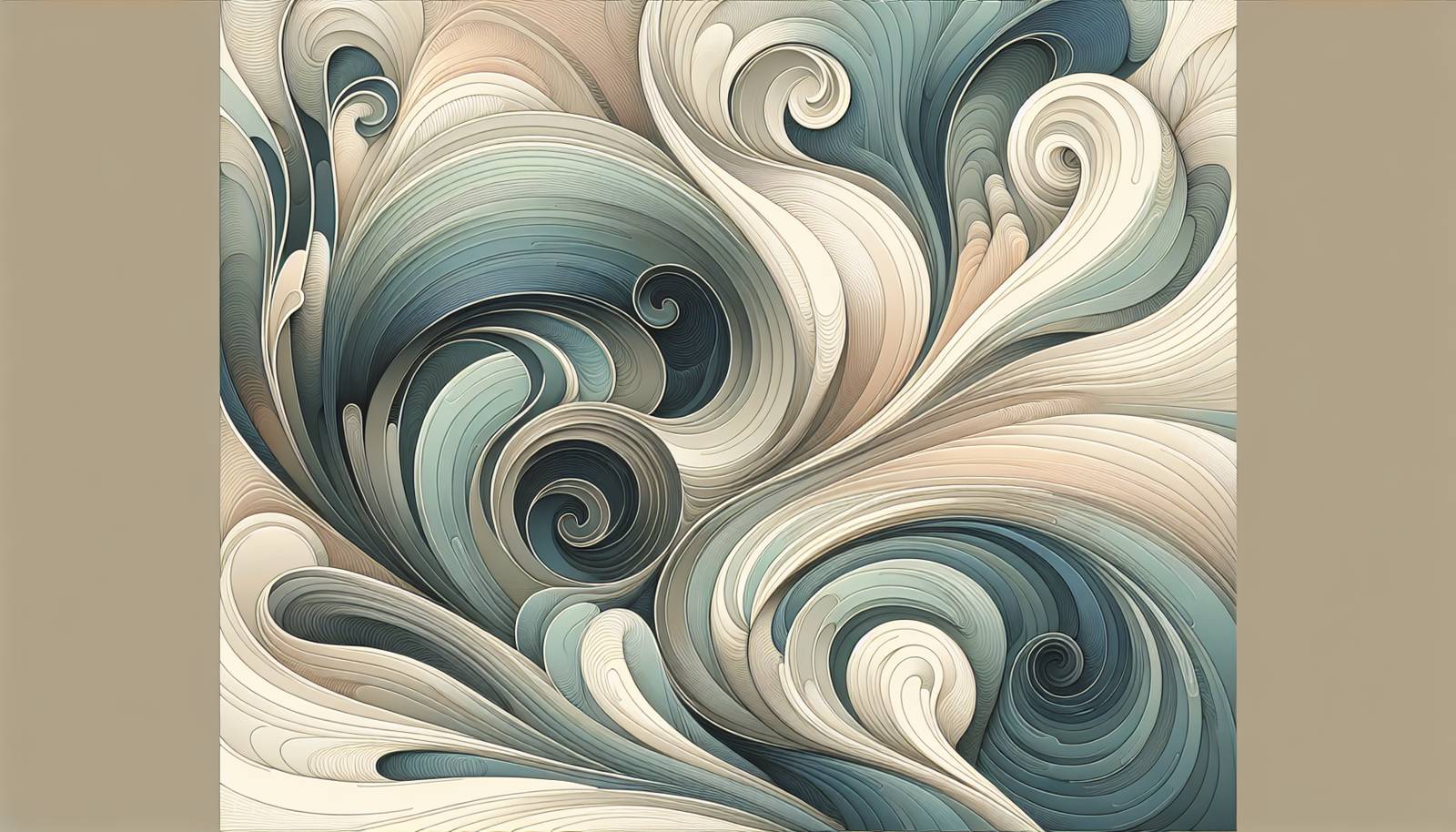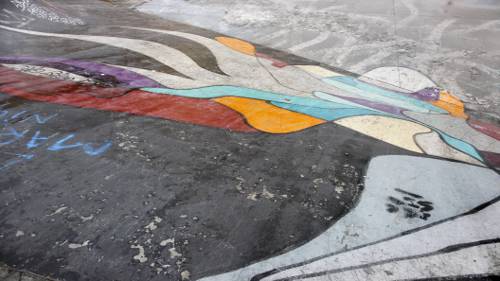
FAQ About The Influence of Surrealist Comics on Modern Graphic Novels

What are surrealist comics?
Surrealist comics are a genre of comic storytelling that incorporates surrealism, an artistic movement that began in the early 20th century. Surrealism focuses on expressing imaginative dreams and visions that defy conventional logic. In comics, this is achieved through bizarre narratives, dreamlike sequences, and unexpected juxtapositions of imagery.

How has surrealism influenced modern graphic novels?
Surrealism has significantly influenced modern graphic novels by encouraging creators to explore unconventional narrative structures and abstract visual styles. This influence manifests in the use of dreamlike imagery, non-linear storytelling, and the blending of reality with fantasy. Such elements enhance the emotional and psychological depth of graphic novels, providing readers with unique and thought-provoking experiences.

Can you name some examples of surrealist elements in graphic novels?
Examples of surrealist elements in graphic novels include dream sequences, fantastical worlds, distorted realities, and absurd characters. Graphic novels such as The Sandman by Neil Gaiman often feature these elements, weaving complex tales that mix myth, reality, and surrealism. Another example is Black Hole by Charles Burns, which uses surreal horror to explore themes of adolescence and transformation.

What are some famous surrealist graphic novels?
Famous surrealist graphic novels include The Sandman by Neil Gaiman, known for its elaborate dreamscapes and mythical themes; Black Hole by Charles Burns, which employs surreal imagery to convey the strangeness of adolescence; and Arzach by Moebius, a wordless tale filled with bizarre landscapes and creatures.

How did surrealism originate, and how is it reflected in comics?
Surrealism originated in the early 1920s as an avant-garde movement led by figures like André Breton. It sought to release the creative potential of the unconscious mind, often through illogical scenes and juxtapositions. In comics, this is reflected through imaginative and dreamlike storytelling that challenges readers' perceptions of reality.

What are the key characteristics of surrealism in graphic novels?
Key characteristics of surrealism in graphic novels include dreamlike and illogical scenes, unexpected juxtapositions, abstract imagery, and narratives that blend reality with the fantastical. These elements create a disorienting yet immersive experience for readers, encouraging them to question conventional storytelling norms.

Why do graphic novelists use surrealism?
Graphic novelists use surrealism to push creative boundaries, explore complex themes, and evoke strong emotional responses. By using surrealism, they can depict abstract concepts, delve into the subconscious, and challenge readers with non-traditional narratives, all of which provide a rich and engaging reading experience.

What role does visual style play in surrealist comics?
Visual style is crucial in surrealist comics as it enhances the storytelling by creating immersive and often unsettling atmospheres. Artists use exaggerated forms, distorted perspectives, and vibrant colors to convey the surreal and fantastical elements of their narratives, facilitating a deeper connection between the artwork and the themes being explored.

How do surrealist comics differ from traditional comics?
Surrealist comics differ from traditional comics in that they often eschew linear storytelling and conventional logic. Instead, they focus on abstract and dreamlike elements, allowing for a more fluid and imaginative narrative structure. Traditional comics typically adhere to realistic storytelling and coherent plots, whereas surrealist comics prioritize emotional and psychological exploration.

What impact have surrealist comics had on readers and the comic industry?
Surrealist comics have had a profound impact on both readers and the comic industry by expanding the scope of what comics can achieve as an art form. They inspire readers to engage with stories on a deeper psychological level and challenge the standard narrative techniques found in traditional comics. This influence has encouraged more experimental and diverse approaches in graphic novel storytelling.

Can surrealist comics address social issues?
Yes, surrealist comics can effectively address social issues by using abstract and metaphorical storytelling to explore complex themes. By distorting reality, they allow readers to see familiar social issues from new perspectives, often highlighting underlying truths about society, identity, and the human condition.

Are there any notable authors known for surrealist graphic novels?
Notable authors known for surrealist graphic novels include Neil Gaiman, who is renowned for his series The Sandman, and Charles Burns, author of Black Hole. Both authors are celebrated for their ability to weave surreal elements into their narratives, creating immersive and thought-provoking worlds that captivate readers.

How do surrealist comics blend visual art and storytelling?
Surrealist comics blend visual art and storytelling by using imaginative and often fantastical imagery to enhance the narrative's emotional and psychological layers. Artists employ unconventional art styles to transcend traditional storytelling, creating a seamless fusion where visuals and narrative work together to immerse readers in surreal experiences.

Is there a specific target audience for surrealist graphic novels?
While surrealist graphic novels can appeal to a broad audience, they particularly resonate with readers interested in avant-garde art, unconventional storytelling, and psychological themes. This genre often attracts those who appreciate artistic innovation and are willing to explore complex, abstract narratives.

Do surrealist graphic novels follow a specific narrative structure?
Surrealist graphic novels do not typically adhere to a specific narrative structure. They often employ non-linear and fragmented storytelling techniques, allowing for open interpretation and a focus on emotional and visual experience. This flexible narrative style suits the abstract and imaginative nature of surrealist art.

How do artists convey surrealism in graphic novels?
Artists convey surrealism in graphic novels through the use of distorted perspectives, dreamlike imagery, and symbolic elements. By manipulating visual norms and employing abstract art styles, they create immersive experiences that challenge readers' perceptions and invite them to engage with the narrative on a subconscious level.

Can surrealism in graphic novels influence other media?
Yes, surrealism in graphic novels can influence other media by inspiring filmmakers, game designers, and other artists to incorporate similar abstract and fantastical elements into their work. The imaginative freedom associated with surrealist graphic novels often encourages creators across various fields to explore new, unconventional approaches to storytelling.

Are there specific artistic techniques used in surrealist graphic novels?
Artistic techniques commonly used in surrealist graphic novels include exaggerated proportions, unconventional color schemes, and non-standard page layouts. These techniques help create a sense of the fantastic and the illogical, supporting the narrative's surreal themes and enhancing the reader's engagement with the story.

How can surrealist graphic novels be educational?
Surrealist graphic novels can be educational by encouraging readers to think critically and engage with complex themes, such as identity, consciousness, and societal norms. They often present philosophical questions and moral dilemmas within their narratives, serving as a catalyst for discussions on art, literature, and human experience.

What is the future of surrealist comics in the graphic novel industry?
The future of surrealist comics in the graphic novel industry appears promising, as there is a growing appreciation for experimental and avant-garde storytelling. As more audiences seek diverse and introspective content, surrealist comics are likely to continue inspiring innovative narratives and pushing the boundaries of artistic expression.
